
Zinfandel wines, celebrated for their robust flavors and rich history, offer an exciting journey into the world of fine wines. This article will explore the essence of Zinfandel wines, starting with a look at the main characteristics of Zinfandel. We will delve into the sensory profile of these wines, describing the aromas and flavors that captivate wine lovers from all the world.
Next, we'll discuss the perfect food pairings that will make your experience drinking Zinfandel unique, as well as practical tips for serving and storing these wines. We'll also tour the globe to the regions that produce the best Zinfandel wines, exploring how each terroir impacts the unique expressions of each bottle.
In addition, choosing a good bottle of Zinfandel can be difficult, so we will offer insightful tips to make this task easier. Finally, we will uncover the similarities and differences between Zinfandel and Carignan, offering insight into the unique heritage and appeal of each wine.
Join us as we uncork the secrets of Zinfandel wines!
Zinfandel wines, with their complex profile and rich history, represent a unique segment of the wine world, primarily thriving in regions like California, Croatia, and Italy. Known for its versatility, Zinfandel can be found in various styles from the robust and intense reds to the lighter and often sweeter White Zinfandels.
Originating from the Croatian grape Tribidrag, known locally as Crljenak Kaštelanski, Zinfandel grapes were introduced to the United States in the early 19th century where they have flourished, particularly in California's warm, sunny climates. This region has become synonymous with Zinfandel, hosting over 43,000 acres of vineyards and making it of the most planted grape varieties within the region. The grape's thin skin contributes to a higher tannin content, which, combined with a typically high alcohol content (14%+ ABV), defines the bold, mouth-filling nature of Zinfandel wines.
Taste-wise, Zinfandel is renowned for its rich, fruit-forward notes. Depending on the ripeness of the grapes and the region where they were grown, the flavors can range from juicy red berries in cooler areas to lush black fruits in warmer climates. Underlying these fruit flavors are hints of peppery spice and rich baking spices, adding to the complexity of the wine. The palate experience is typically full-bodied with high tannins and moderate acidity, contributing to a well-rounded and robust profile.
A fun fact is that there is a White Zinfandel wine, which is produced using the same grape and a specific method where the juice is allowed brief contact with the skins to achieve a light pink color. As a result, its obtained a white wine with a pinkish tone, that has a lighter, refreshing taste than red Zinfandel, with a slightly sweet profile, featuring flavors of strawberry, raspberry, and watermelon, coupled with a crisp acidity. White Zinfandel is very popular, especially across the US: it accounts for 9.9% of US wine sales by volume.
Another interesting fact is that Zinfandel graps have a different name in Italy: Primitivo.
Zinfandel wines, known for their robust and versatile character, offer a rch and complex sensory experience. Here, we will explore the visual, aromatic, and taste profiles of Zinfandel wines, to understand the rising popularity of this wine.
Zinfandel wines are visually striking, typically showing a deep red color that can range from bright ruby to a more intense, almost purplish tone. Generally, this wines are full-bodied, and have a high alcohol content (it usually ranges from 14% to 16% ABV). The full-bodied nature of this wine complements with its rich, velvety texture, as well as with its robustness.
The aromatic profile of Zinfandel wines can be categorized into primary, secondary, and tertiary notes:

These aromas come together to create a complex bouquet that enhances the overall drinking experience.
The palate of Zinfandel wines is as diverse as its aromas, with flavors that vary depending on the ripeness of the grapes and the winemaking techniques used:

Zinfandel wines have a great complexity, marked by a balance of fruitiness and spicy, smoky undertones, often with a hint of sweetness.
Zinfandel wines span a broad spectrum when it comes to sweetness, offering options for a variety of palates. Most commonly, dry to off-dry styles dominate the market, especially in premium bottlings crafted for serious wine drinkers. These wines contain low residual sugar, yet they often give the impression of sweetness due to their intensely ripe fruit flavors—think blackberry jam, plum compote, or sun-dried cherry.
However, not all Zinfandels are bone-dry. Some producers craft Late Harvest Zinfandels, which are intentionally sweet dessert-style wines, made from grapes that are left to overripen on the vine. These styles showcase lush textures, higher residual sugar, and deeply concentrated fruit.
Zinfandel’s naturally high alcohol levels (14–16% ABV) also play a role, enhancing the impression of sweetness by creating a round, plush mouthfeel. Whether dry or semi-sweet, Zinfandel consistently delivers a fruit-forward richness that appeals to both casual drinkers and seasoned connoisseurs.
Zinfandel wines, with their robust flavors and versatile aromas, are excellent prospects to pair with a great range of dishes from around the world. Next, we will explore some of the food pairings that enhance the rich and often spicy notes of Zinfandel:

Each of these pairings not only complements the flavors in Zinfandel wines but also highlights the cultural diversity of cuisine that can elevate the wine tasting experience.
Zinfandel wines are renowned not only for their aromas and flavors, but also for how they can express the terroir where they were produced. Climate plays a crucial role in shaping the sensory profiles of Zinfandel wines, making each of its regions unique. Here, we explore some of the primary regions known for Zinfandel production.

Most of Zinfandel vines are planted in California, where the grape has become a symbol of local winemaking. Areas like Lodi, Napa Valley, and Sonoma County are especially famous for their Zinfandel. These regions typically enjoy a Mediterranean climate with hot, dry summers and mild winters, which helps to obtain grapes with higher sugar content, leading to richer, more alcohol-intense American Zinfandel wines.
In the land of Marsala, a fortified wine that can last many years, Zinfandel is known as Primitivo, and thrives in the warm, sunny climate of Puglia, a region located in Southern Italy. The region's heat helps develop the grape's signature jammy flavors and high alcohol content, while the cooling sea breezes ensure the natural acidity that balances the wine's robustness.
As the homeland of Zinfandel, and being one of the most planted grape varieties the Dalmatian Coast of Croatia offers a slightly different take on wines made from this grape. The moderate Mediterranean climate here allows Zinfandel wine brands to develop wines with a more pronounced acidity and a leaner structure compared to its Californian counterparts.
French Zinfandel is produced in extremely small quantities by Domaine de l'Arjolle in the Languedoc region. This rare wine stands out for its expressive character, featuring notes of blackberry jam, spice, and hints of oak. It offers a medium to full body, with freshness and complexity atypical of its California cousins, blending ripe fruit with balanced acidity and a faint smokiness—making it a unique experiment in French winemaking.
Each of these regions contributes to the diversity of Zinfandel wines by offering unique environmental conditions that influence the grape's development. From the sun-drenched vines of California to the historic vineyards of Croatia, Zinfandel showcases how a single grape variety can express a wide array of flavors influenced by its terroir.
Serving and storing Zinfandel wines correctly can help you preserve their flavors and unique characteristics better. Next, we’ll give you insightful tips so you can enjoy Zinfandel wines for a longer time:

By following these tips, you will be able to preserve the quality of your Zinfandel wines and enjoy them at their best.
Although we could make many comparisons with Zinfandel wine, such as Malbec vs Zinfandel or between Zinfandel and Cabernet Sauvignon (Cabernet Sauvignon tends to be more complex than Zinfandel), one of the wines that first comes to mind in terms of similarity with Zinfandel is Carignan. Zinfandel and Carignan are both intriguing red wines with unique characteristics, but they differ significantly in flavor, origin, and wine-making techniques.
If you want to learn more about the differences between Zinfandel vs Malbec or Zinfandel with other wines, check out our In-Depth comparative.
Our exploration of Zinfandel wines has taken us through the vibrant world of this unique varietal, from its characteristics and sensory profiles to its best food pairings and storage tips. Zinfandel wines, known for their bold flavors and robust body, provide a rich experience that can vary widely depending on their region of production and the wine-making techniques used.
We've delved into the sensory profile of Zinfandel, noting its visual allure, aromatic complexity, and distinctive taste, which can include everything from juicy berries to spicy pepper notes. The versatility of Zinfandel makes it an excellent wine for pairing with a wide range of dishes, from hearty meats to spicy ethnic cuisines, and even includes vegan options.
Proper serving and storage are crucial for maintaining the quality of Zinfandel wines. Serving at the right temperature and using the appropriate glass can significantly enhance the wine's flavors and aromas. Similarly, correct storage conditions help preserve the wine's integrity over time.
We've also explored the regions most renowned for producing Zinfandel, particularly in California, where the climate significantly influences the wine's character, contributing to its intensity and depth.
For those looking to choose a good bottle of Zinfandel, we provided tips on selecting based on alcohol content, producer reputation, and vintage quality. Finally, we compared Zinfandel with Carignan wines, highlighting both the similarities and distinct differences to give consumers a well-rounded view of how Zinfandel stands out in the wine world.
This comprehensive profile aims to equip wine drinkers with the knowledge to fully appreciate Zinfandel wines, enhancing both their drinking pleasure and their understanding of this exceptional varietal.

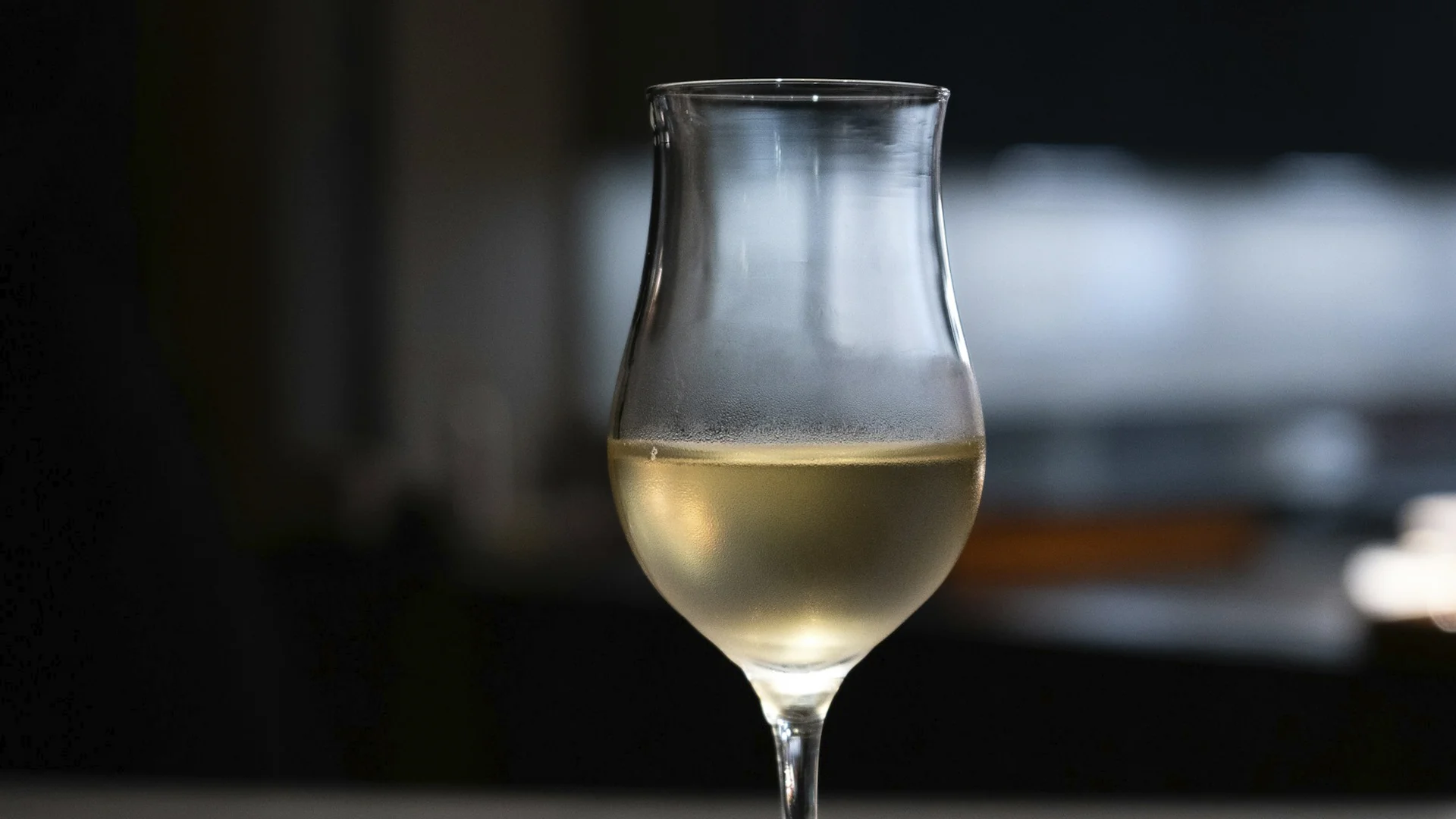
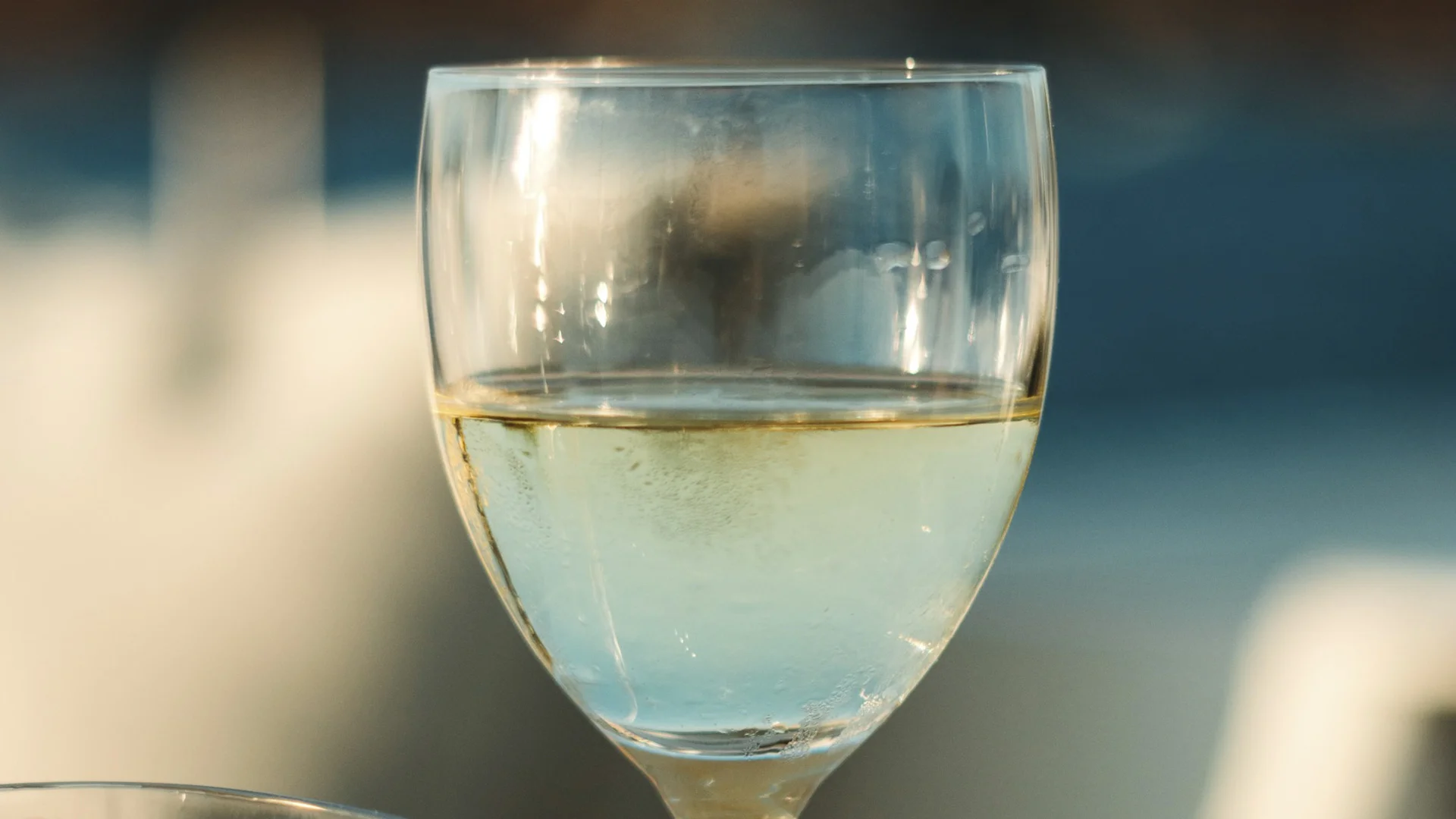

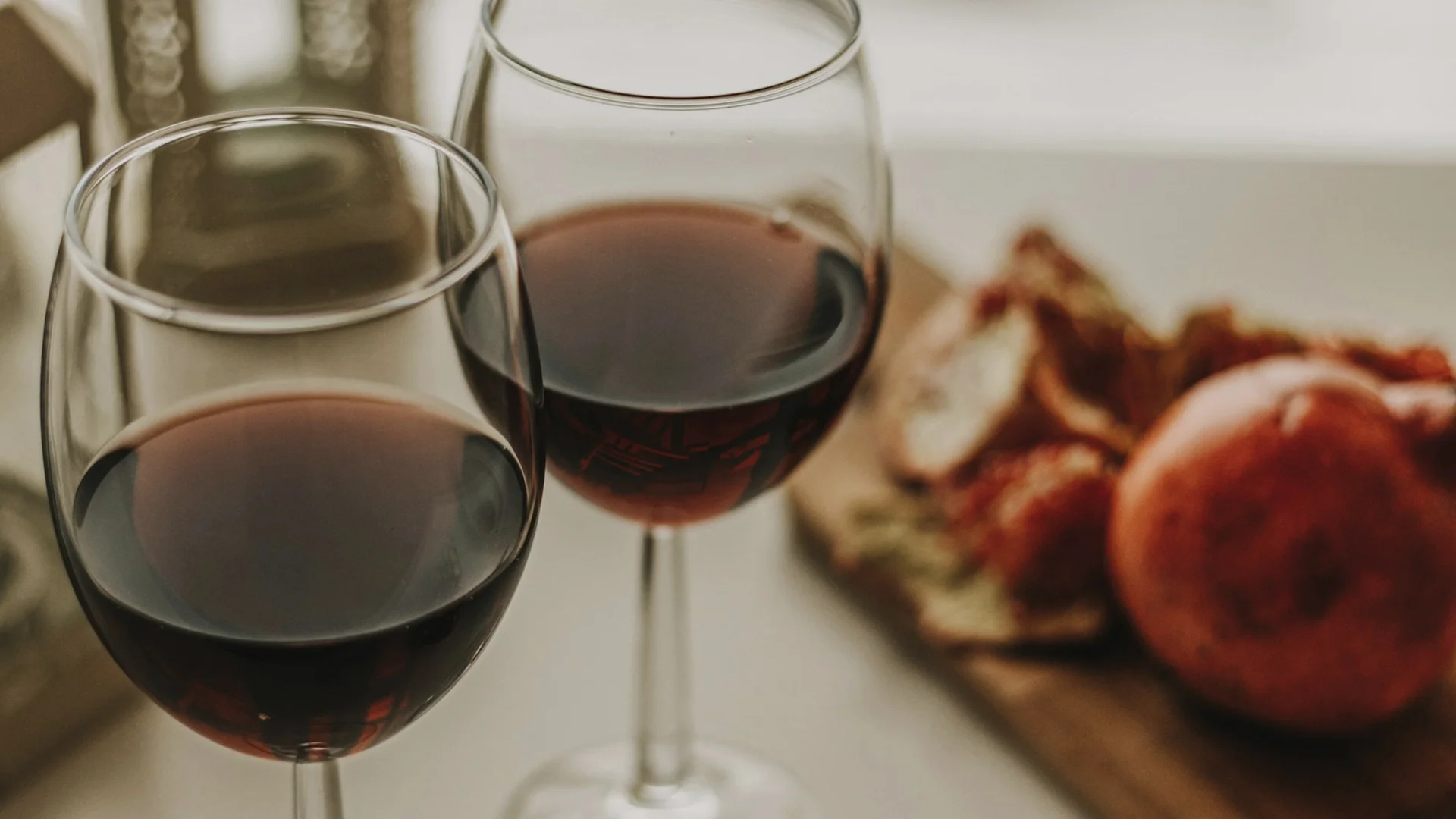


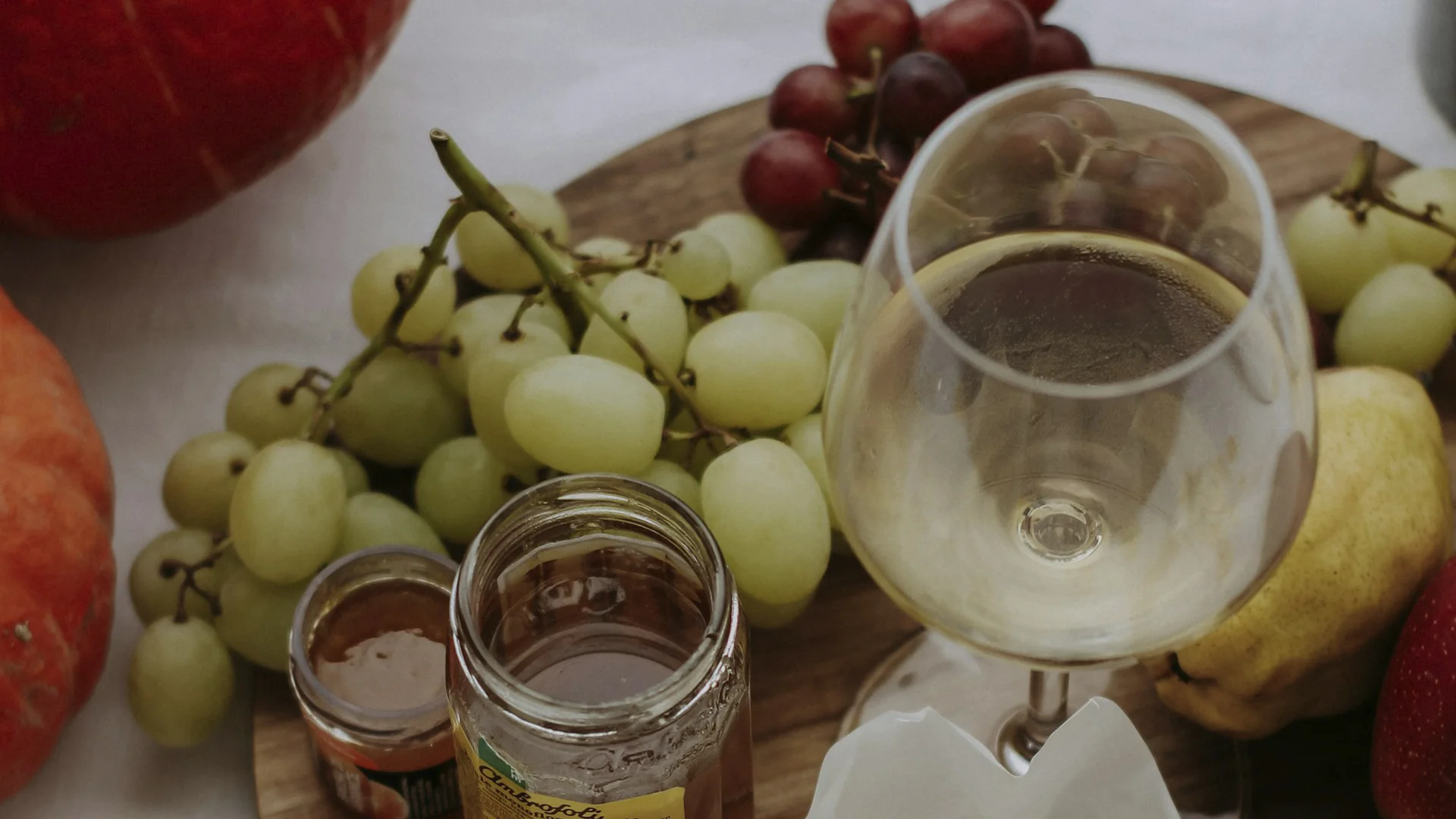
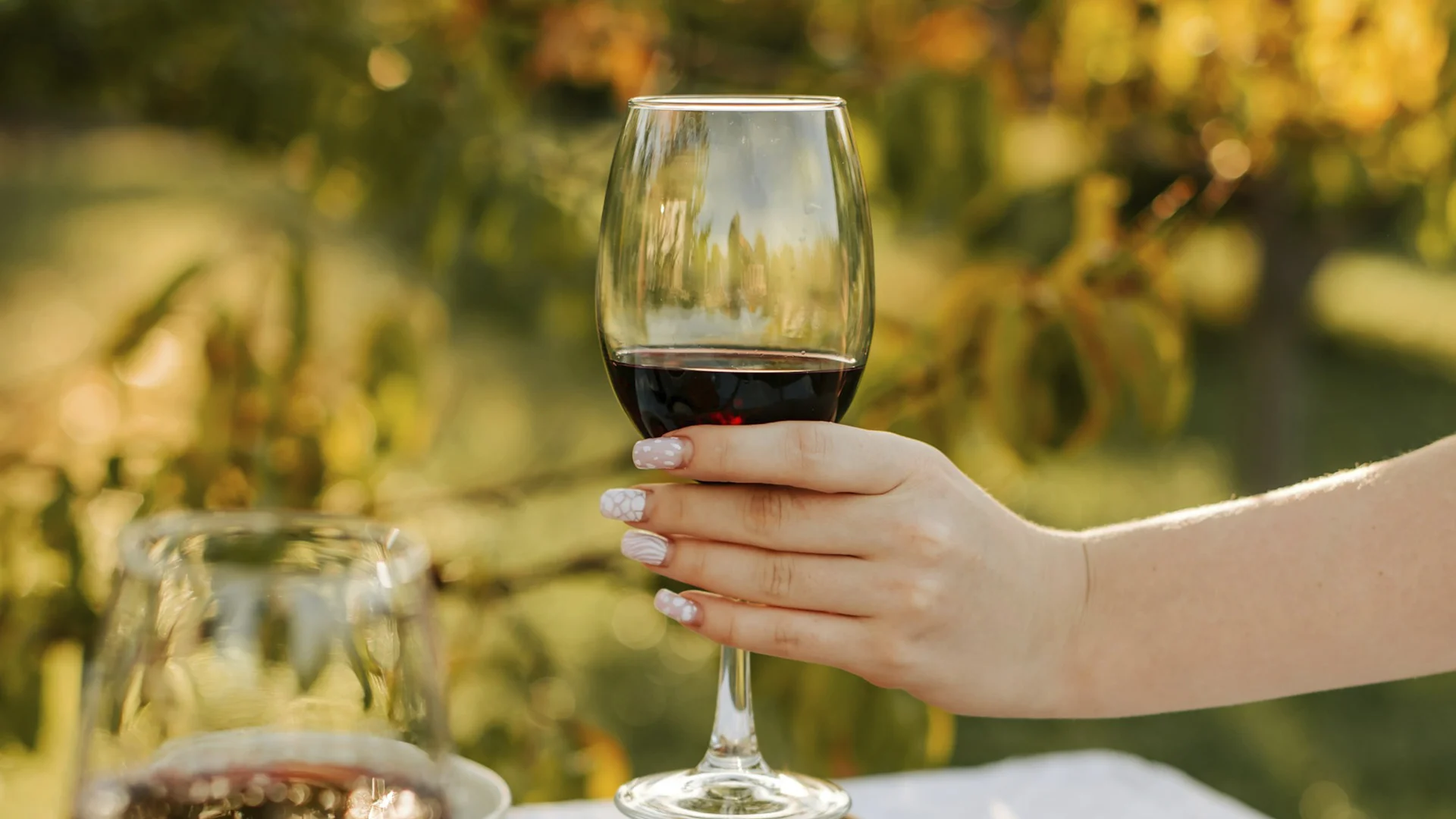


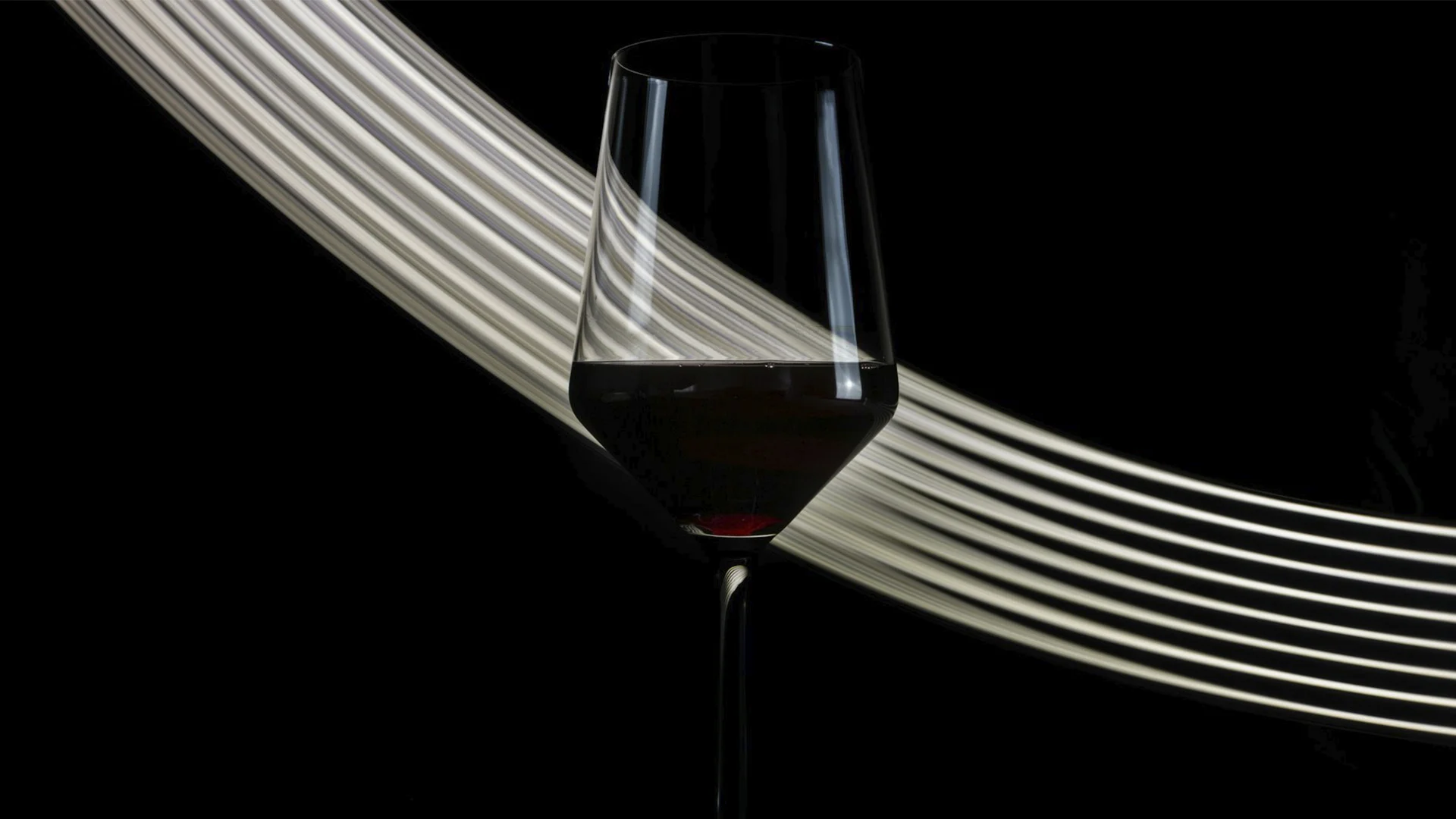



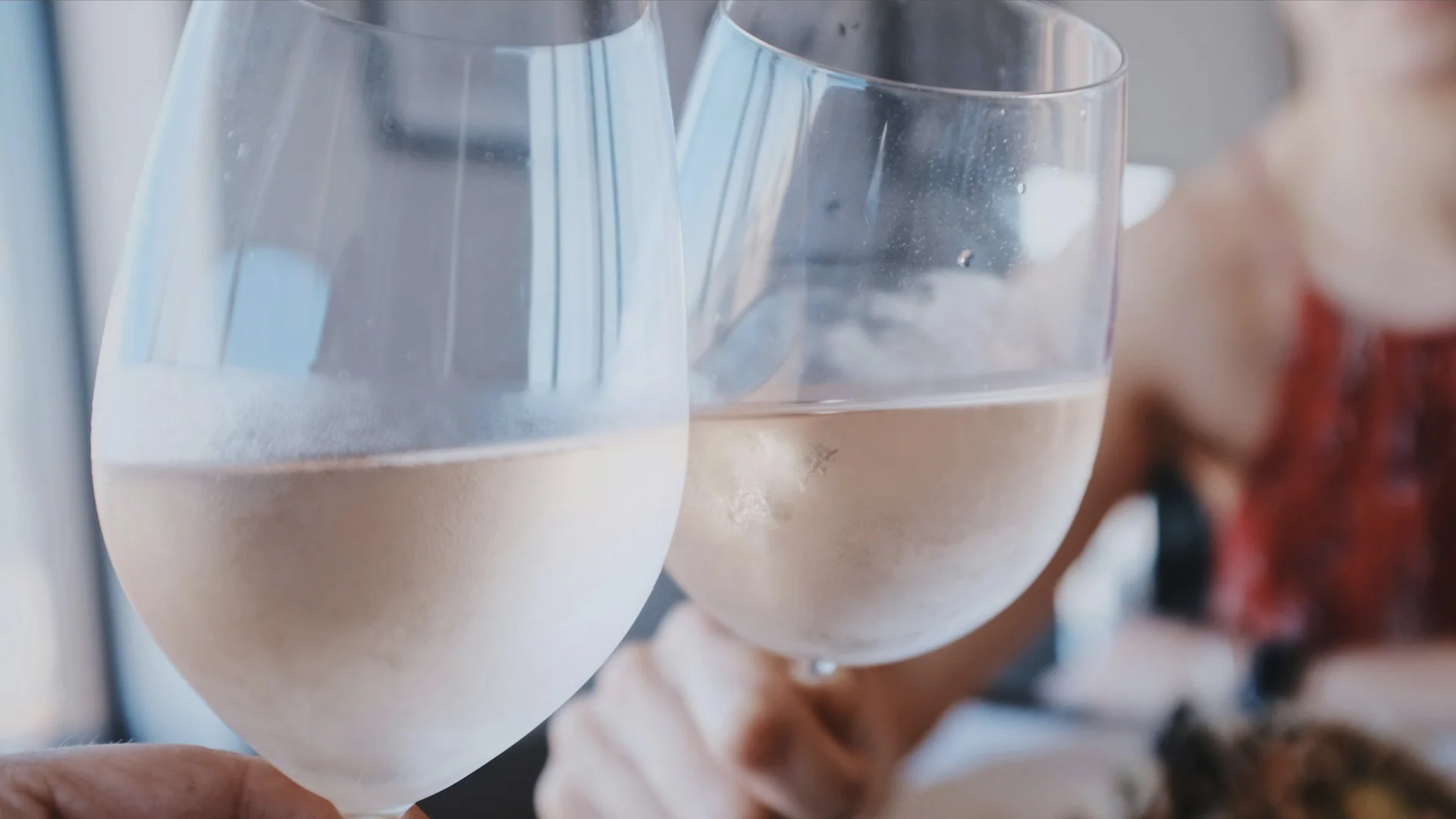

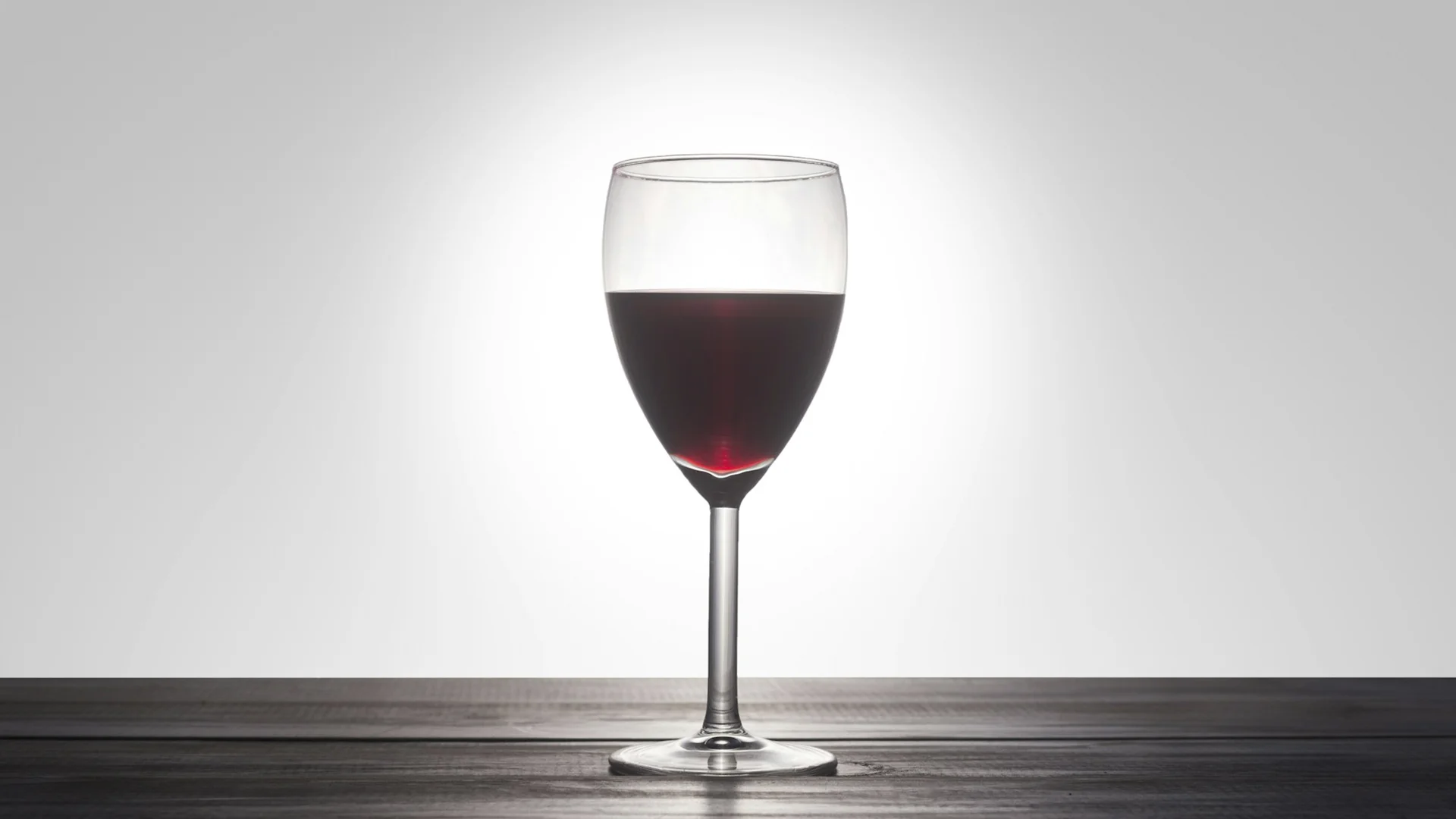


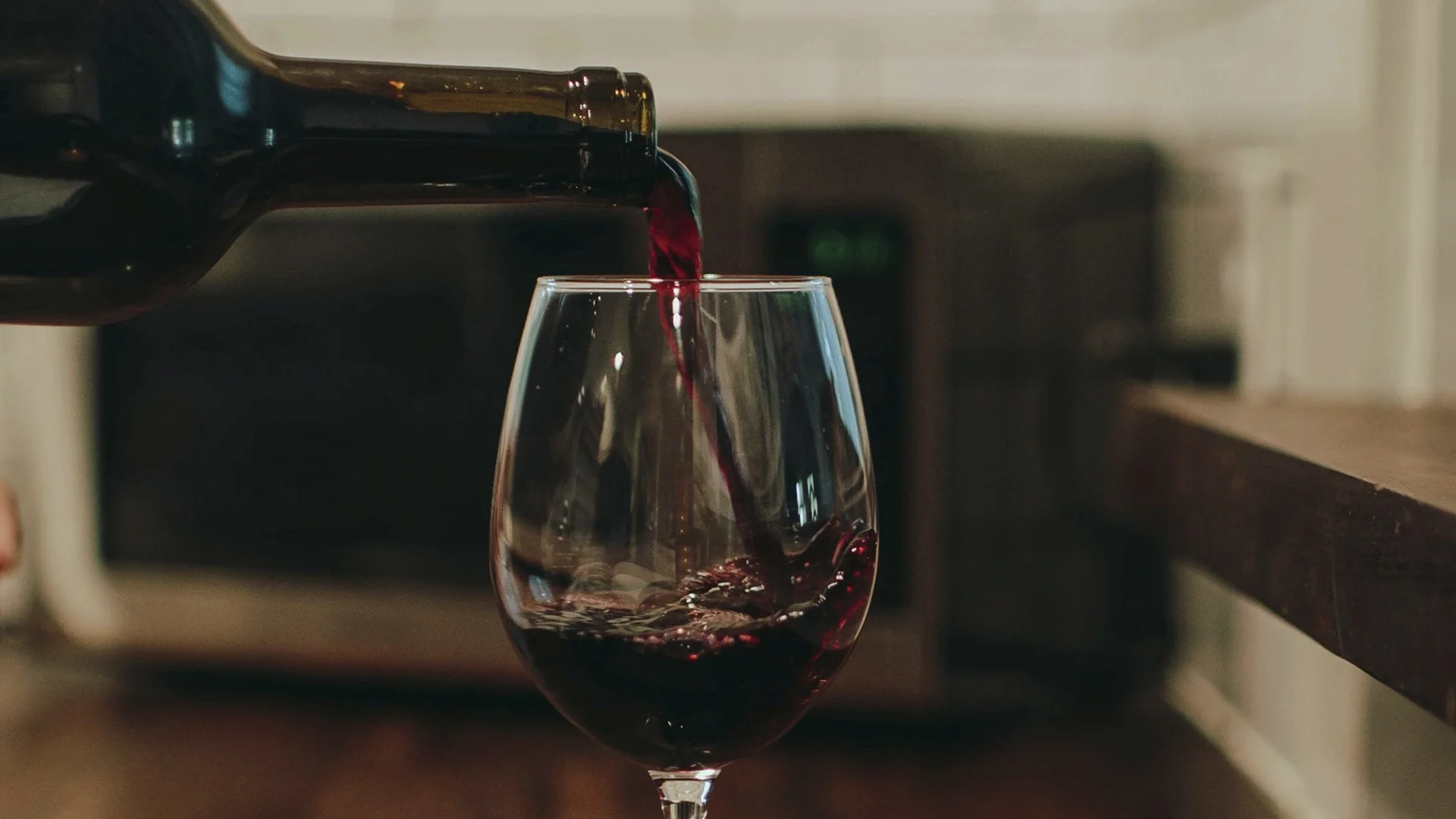


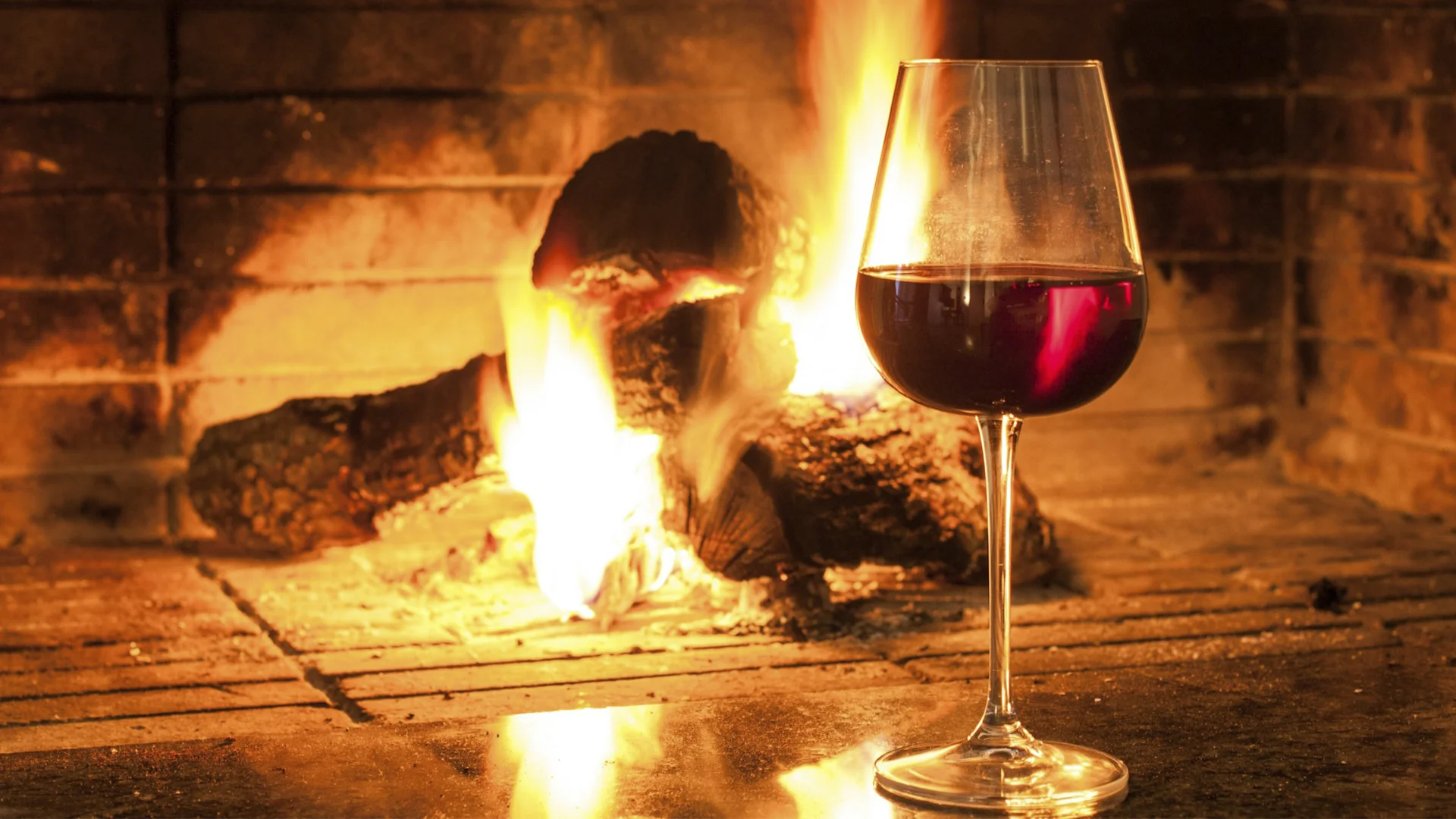
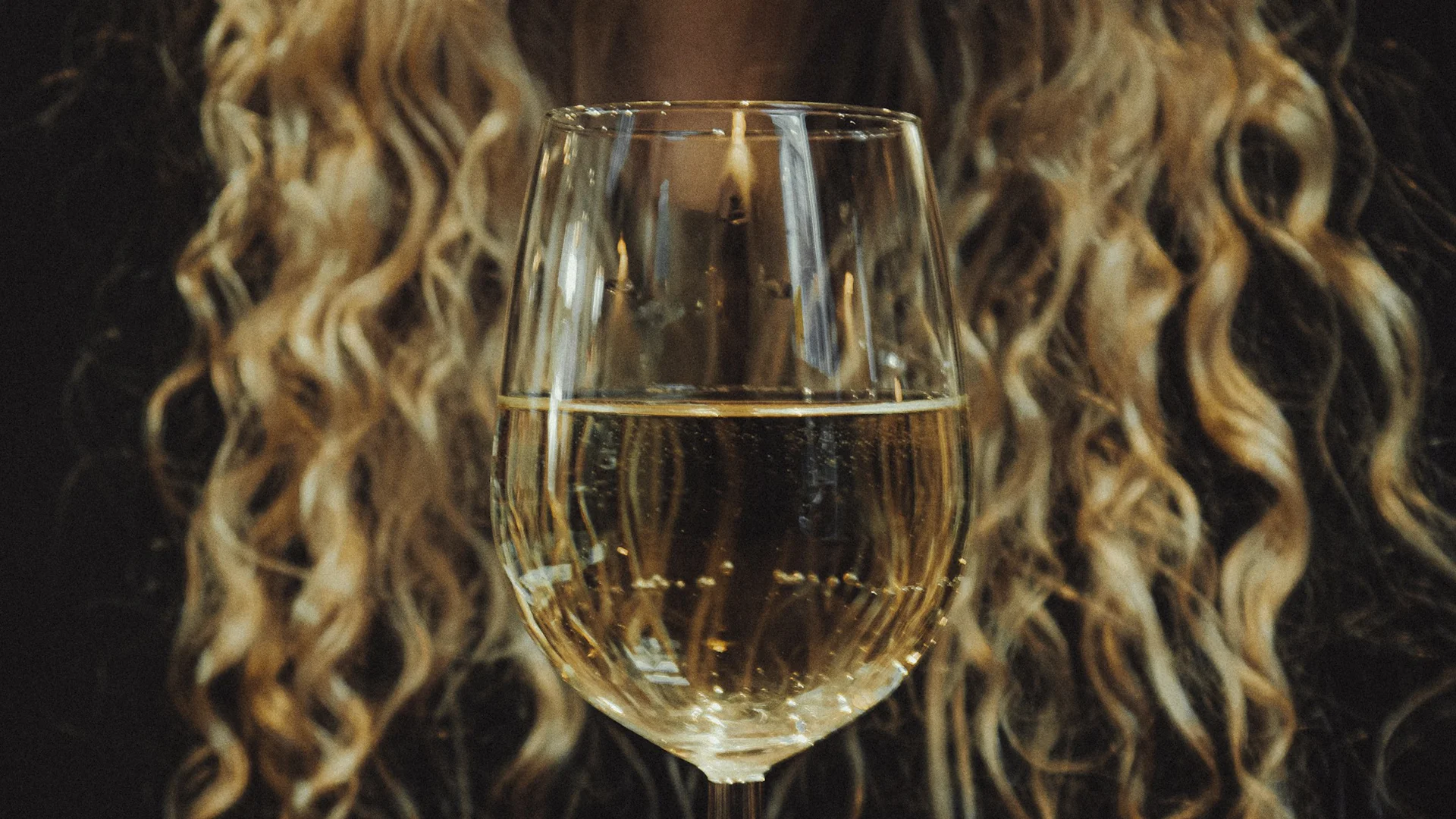

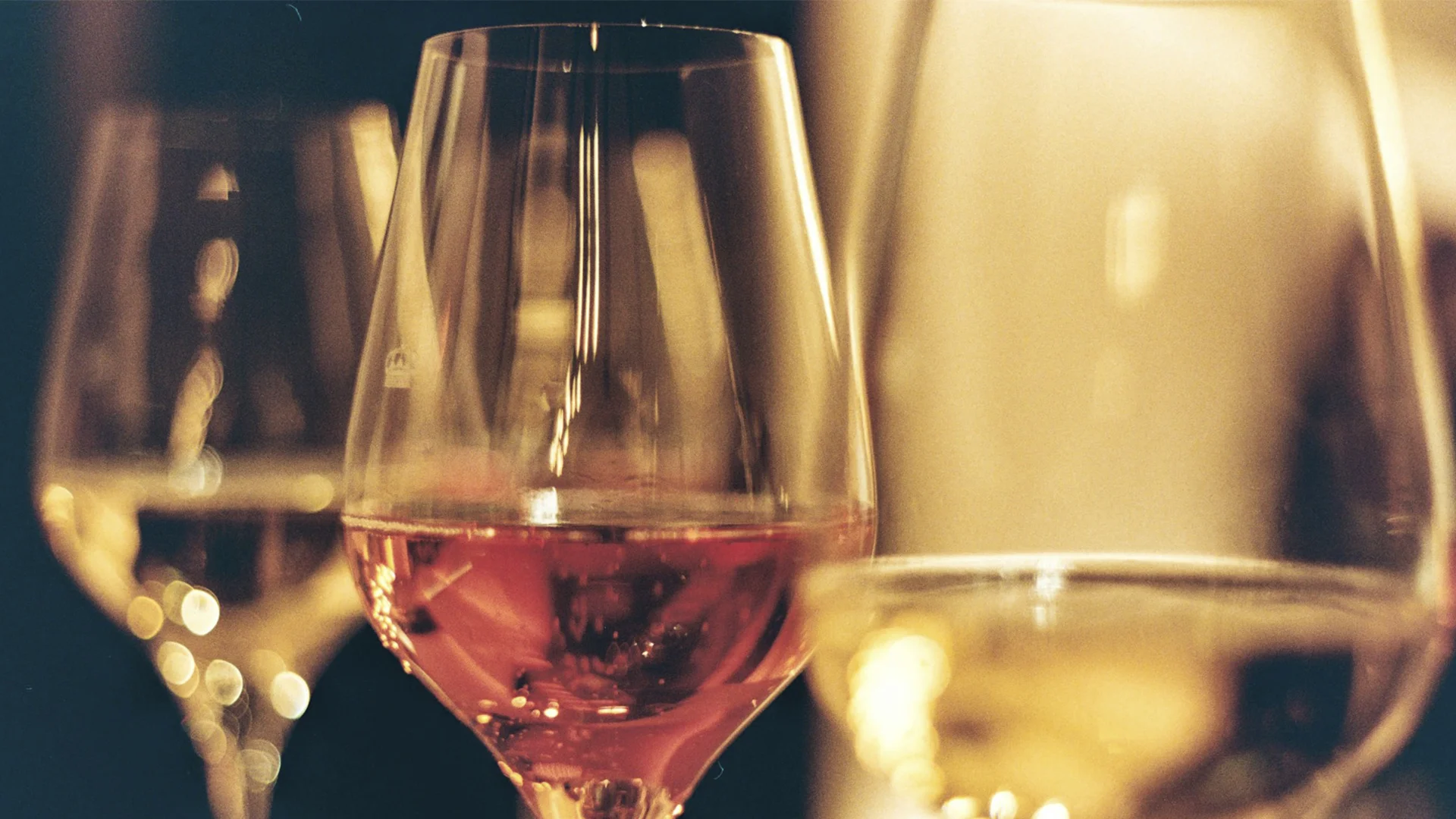
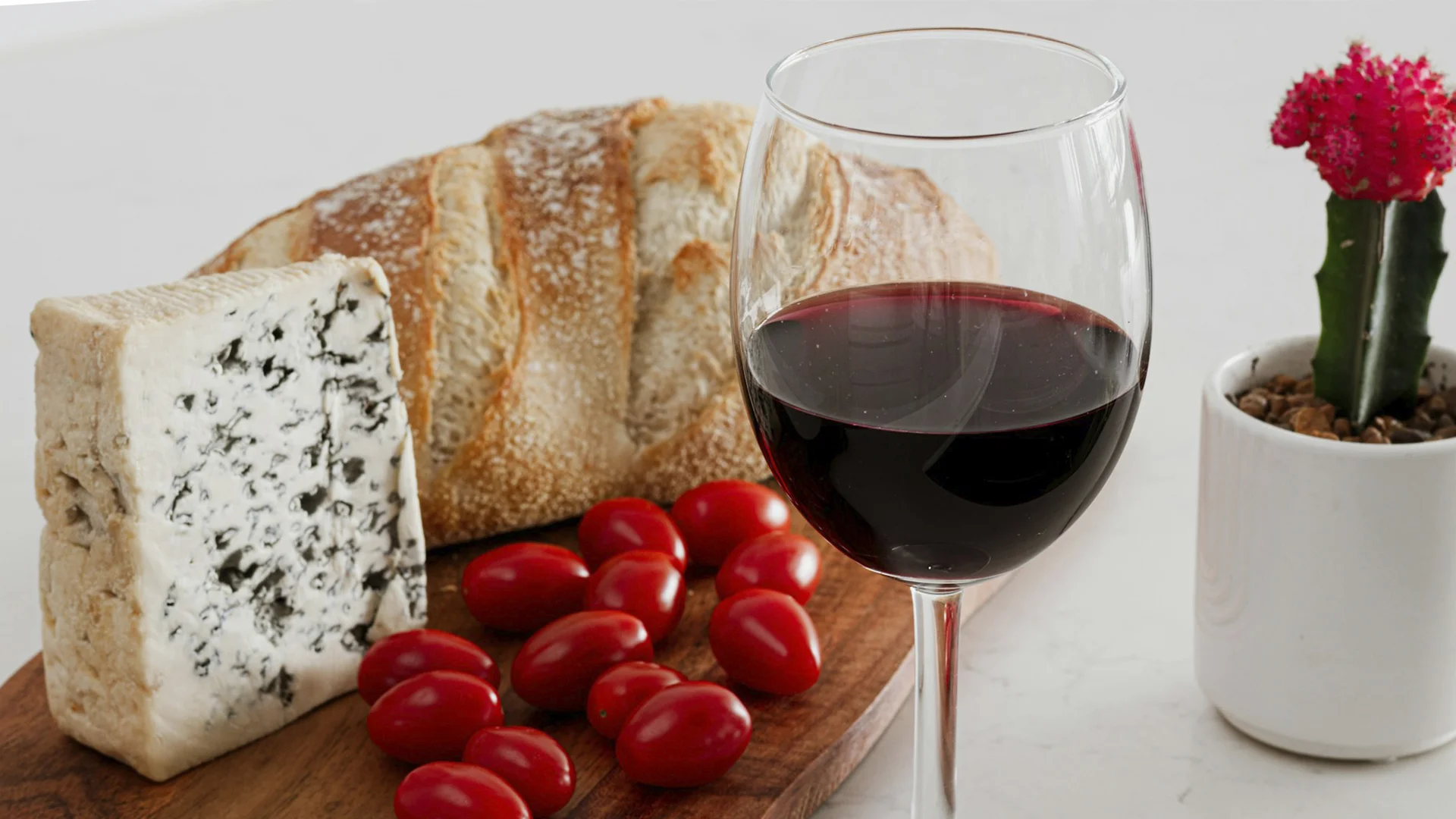

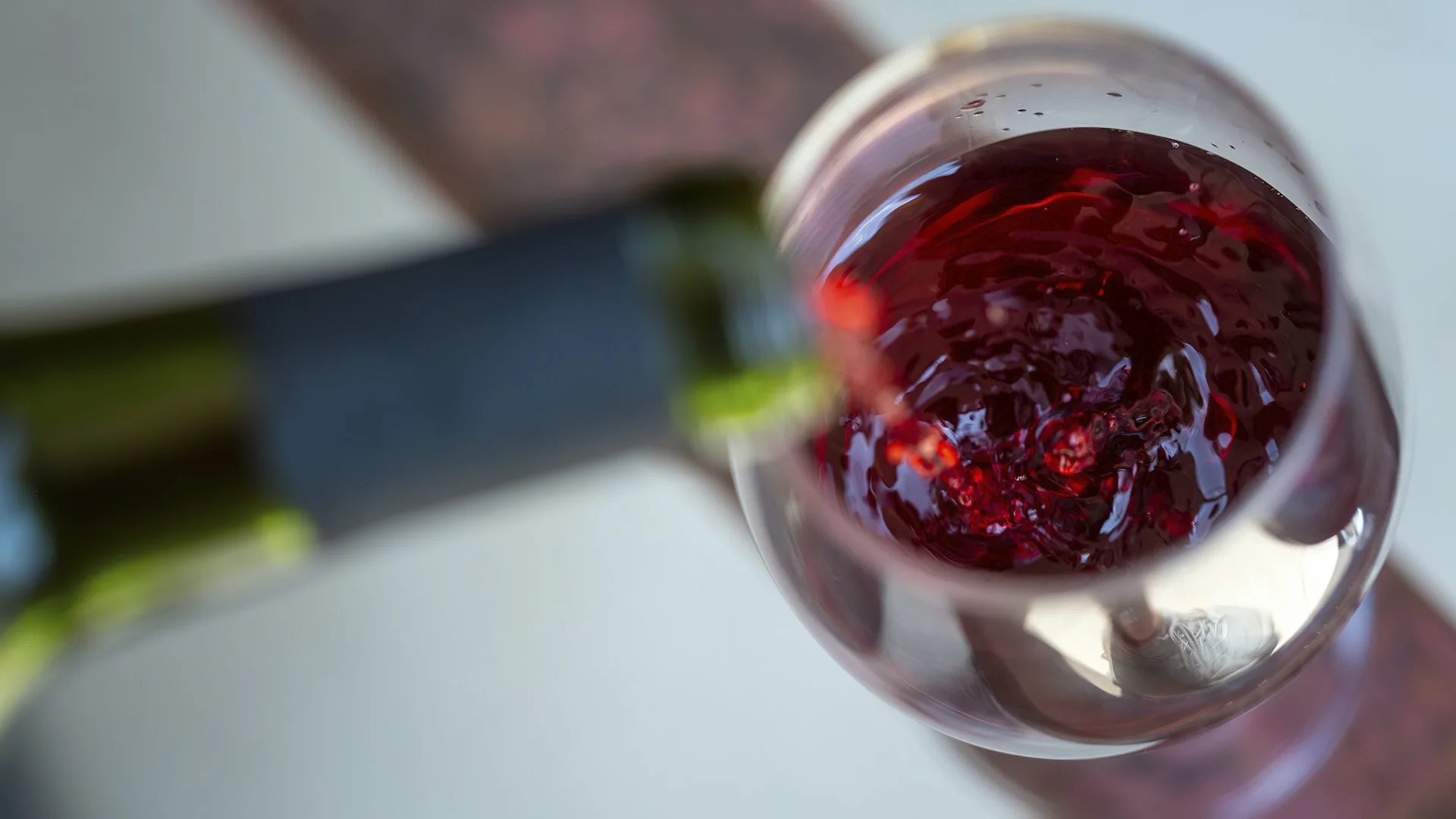


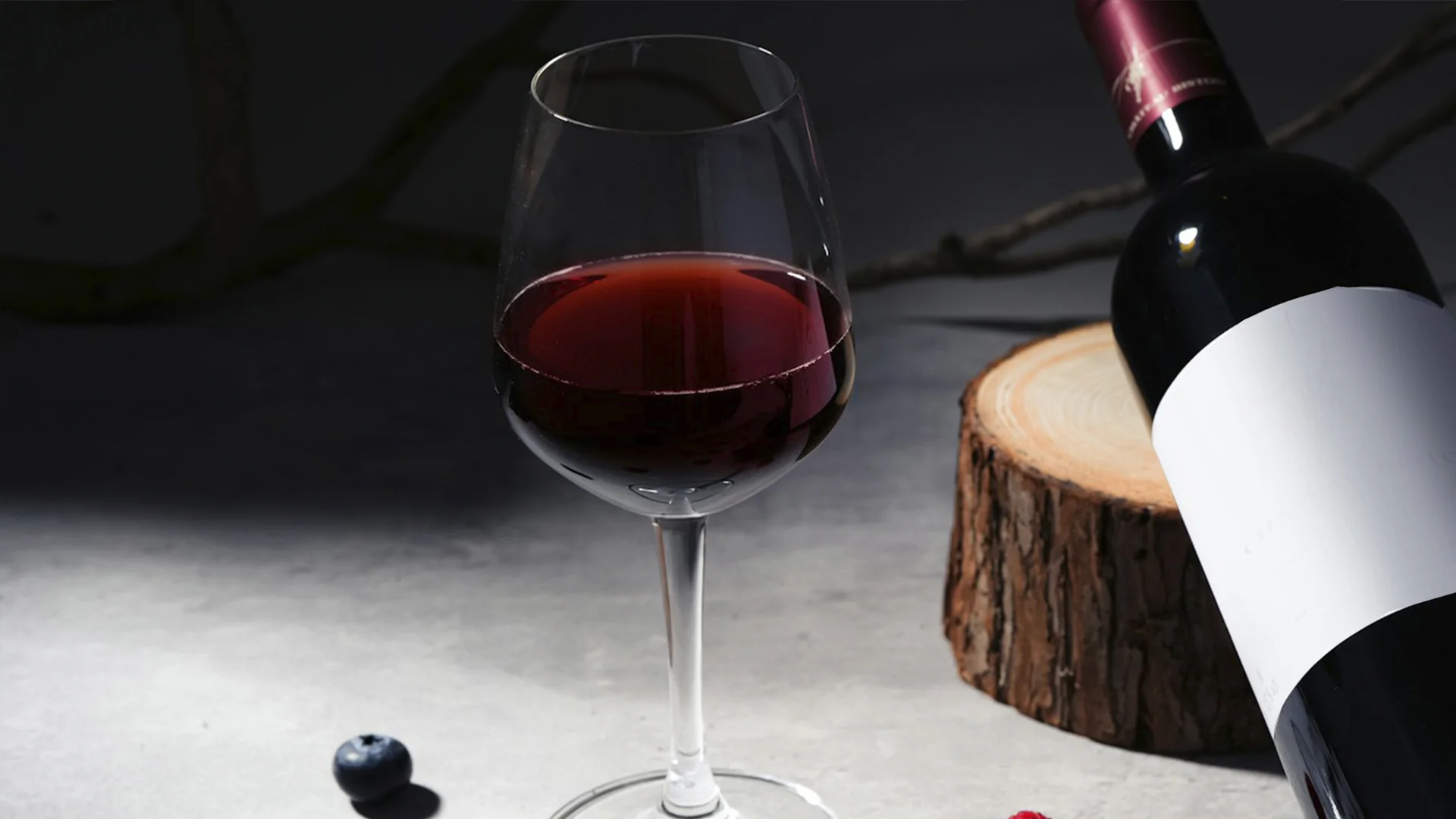
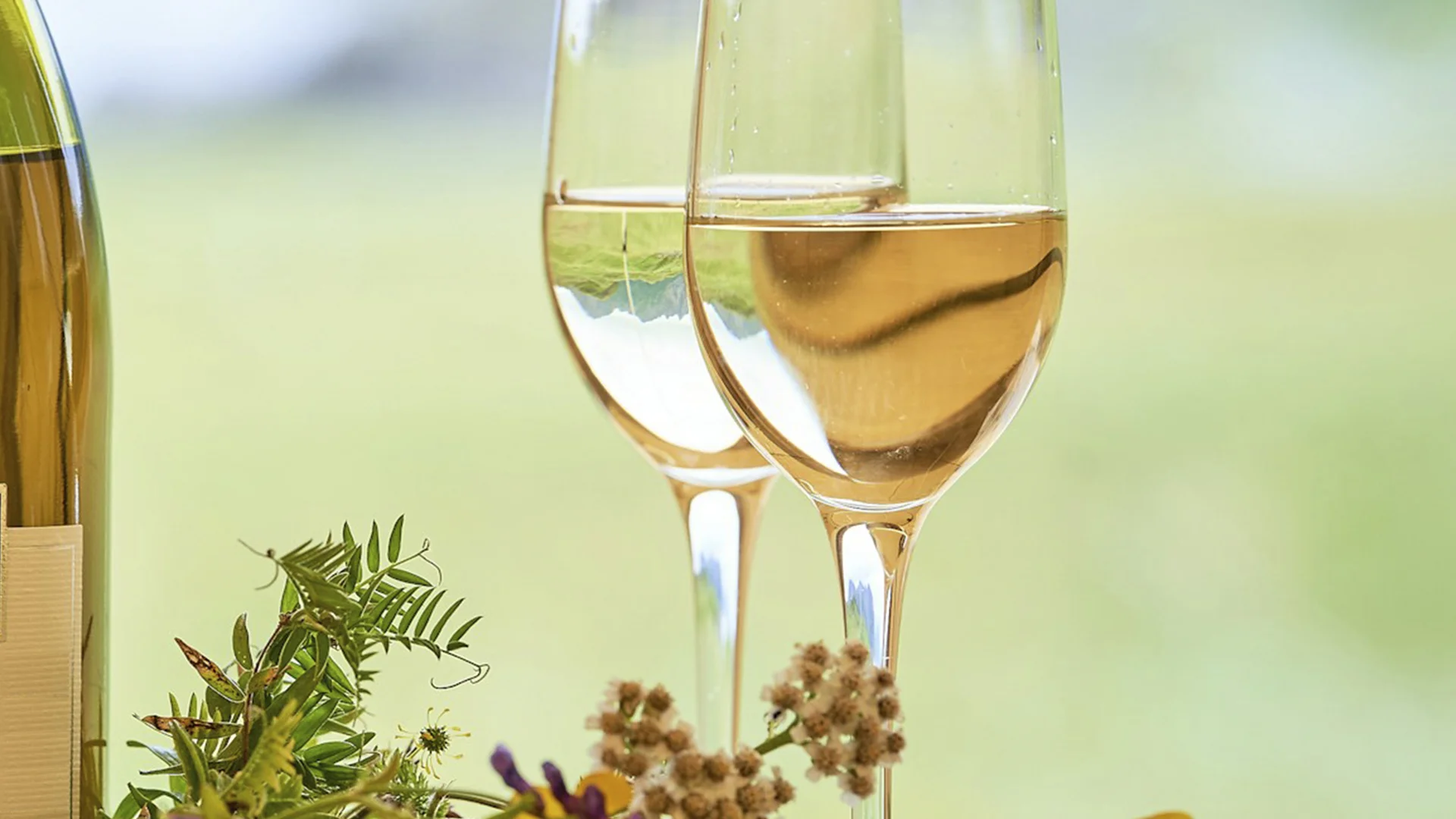
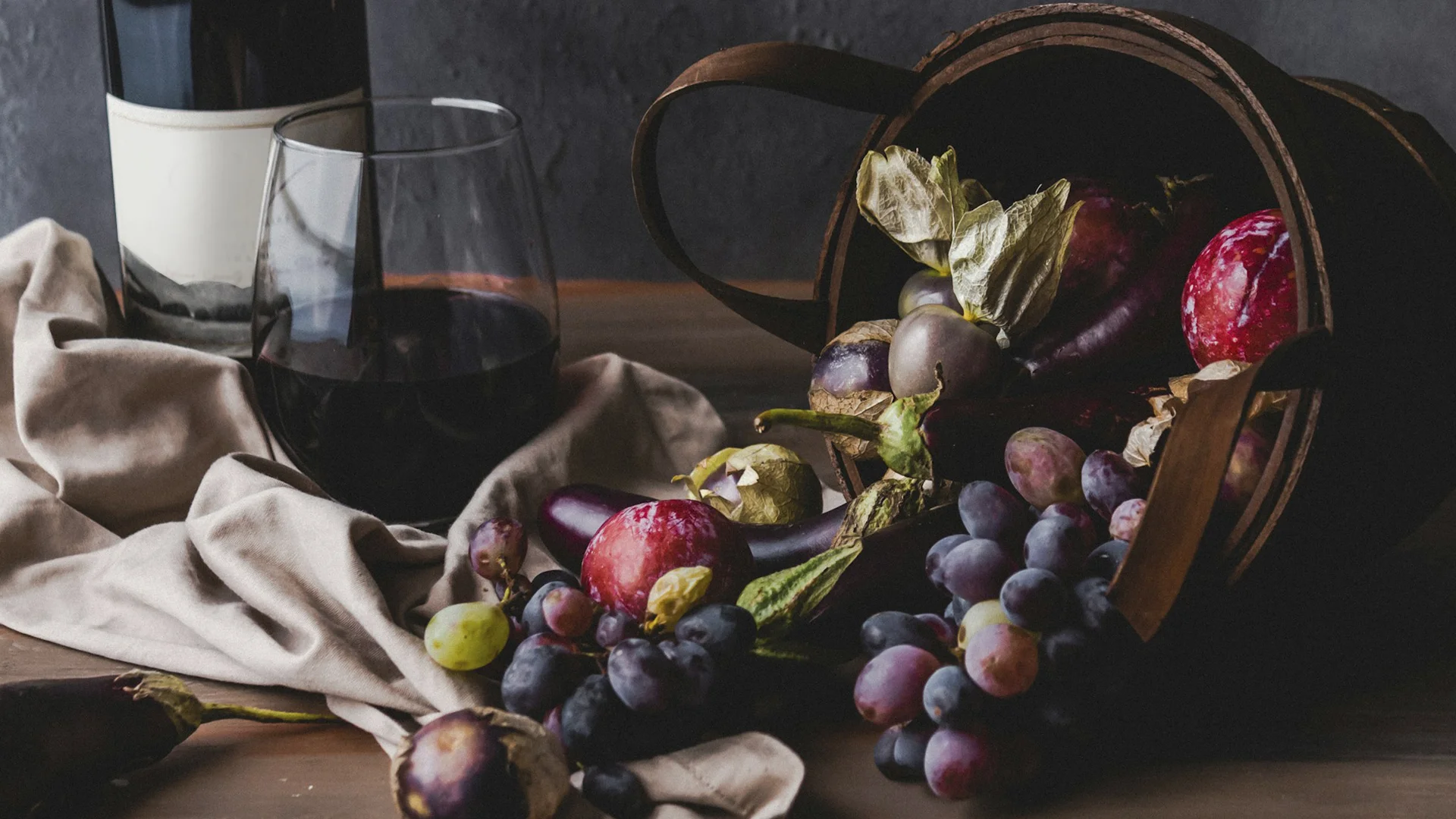
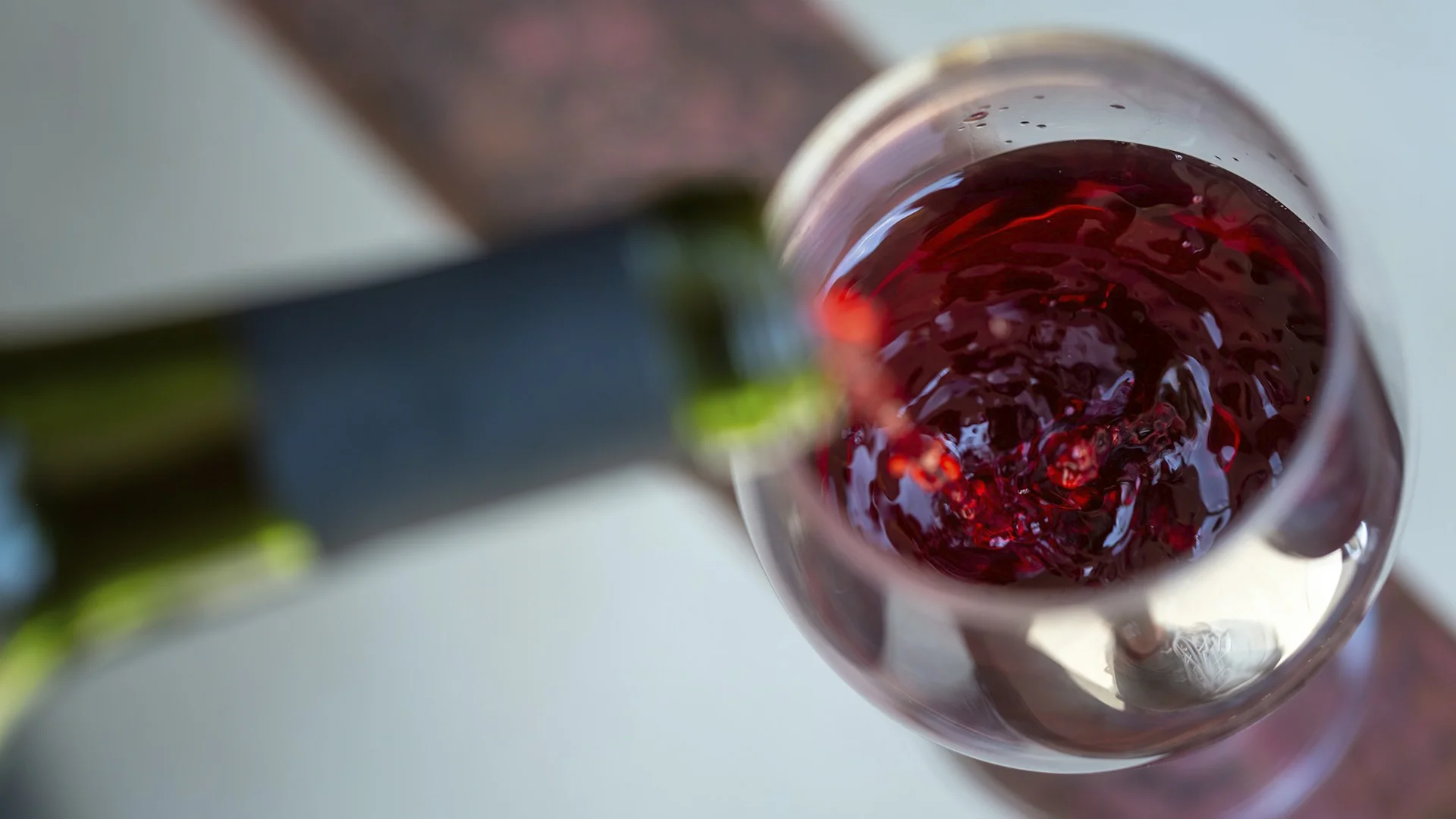







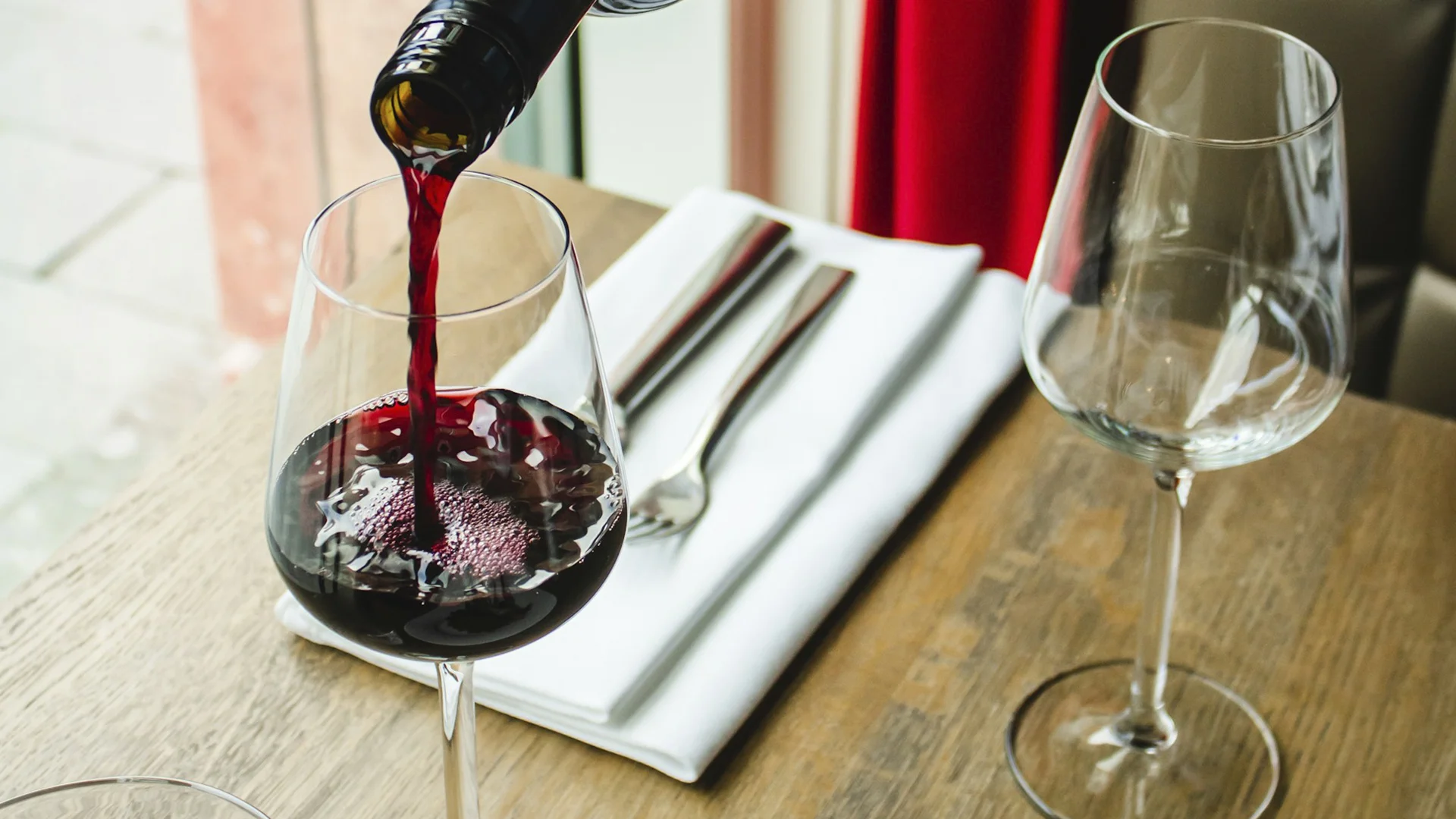












.webp)

.webp)
.webp)
.webp)



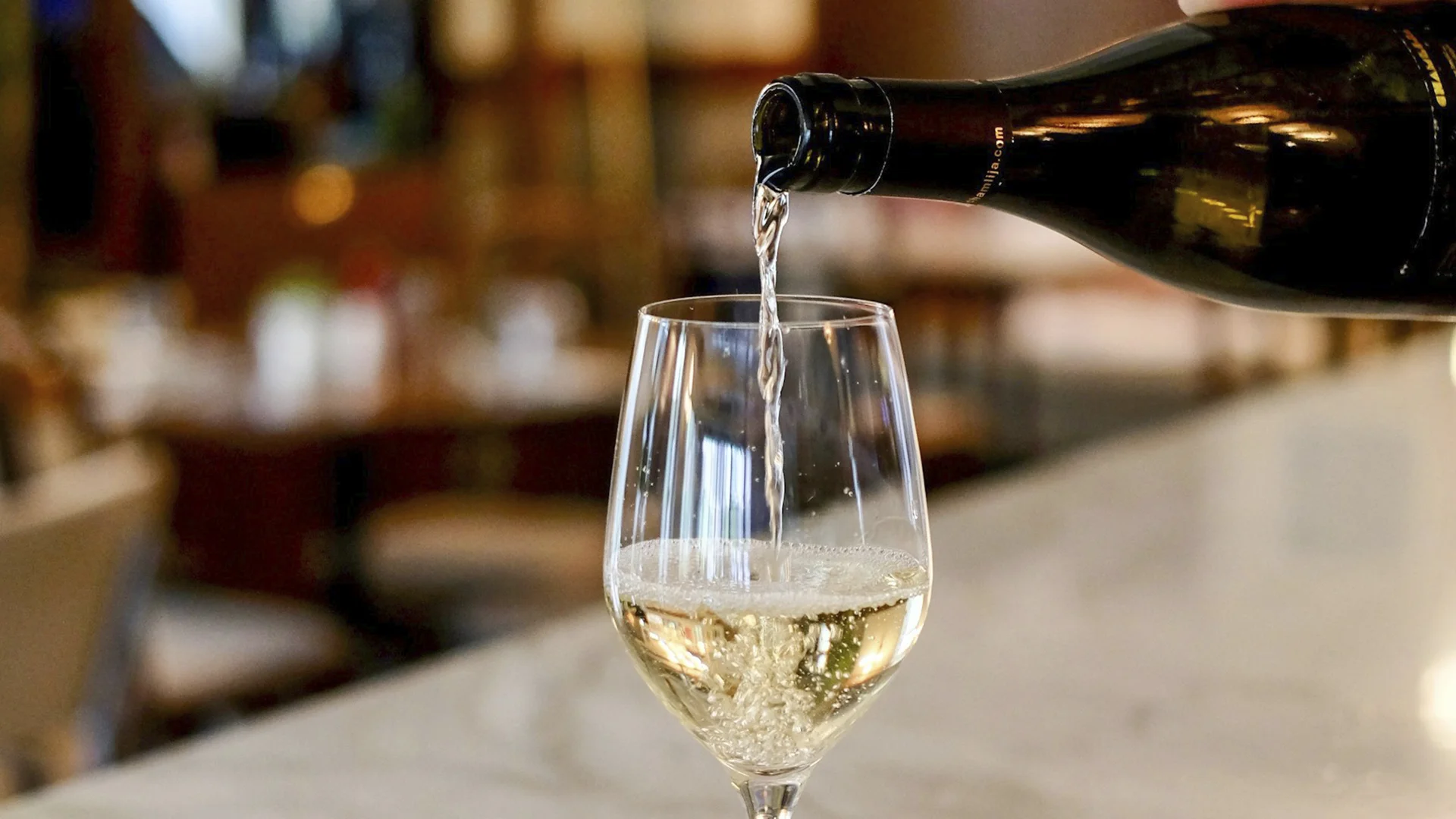


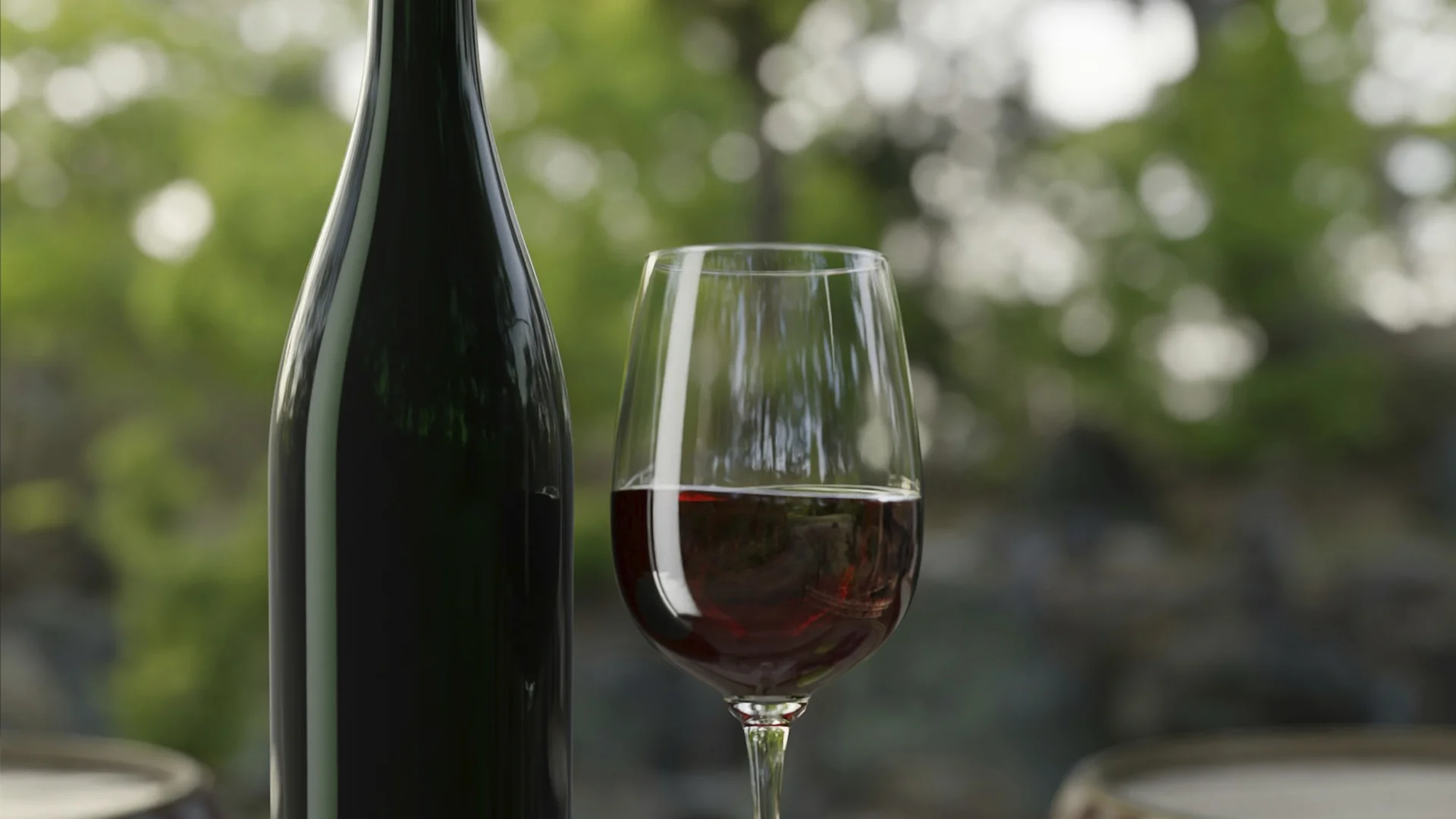



















.webp)













Are you interested in
collaborating with us?